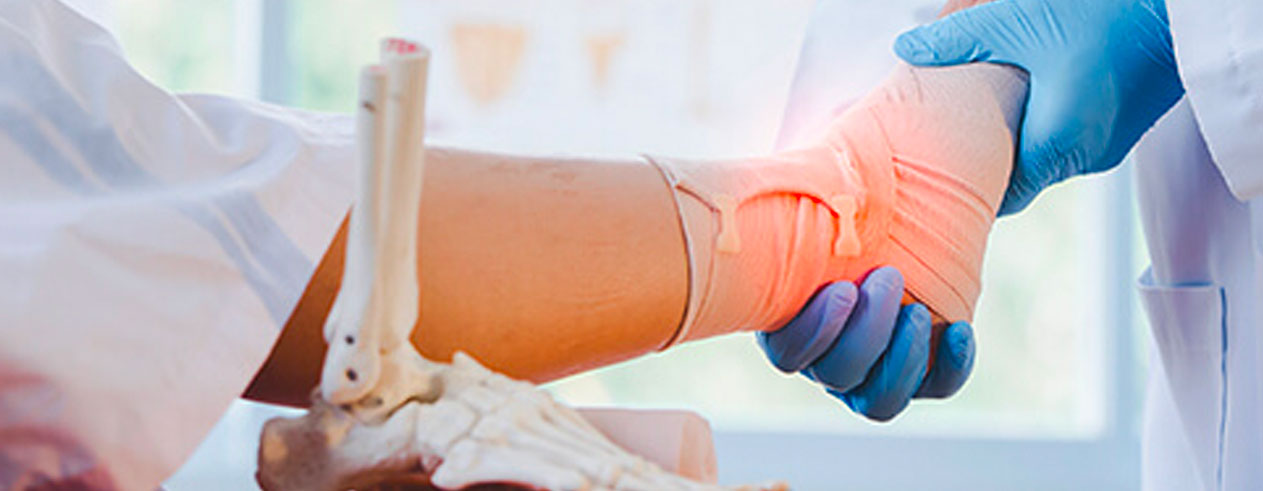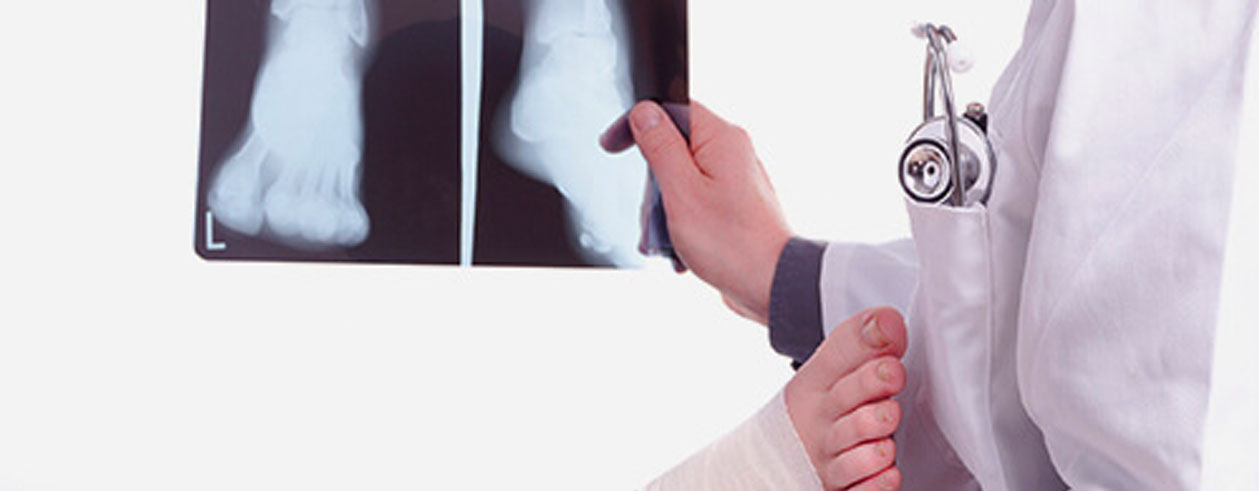Can I Treat Ankle Pain On My Own?
RICE therapy – Rest, Ice, Compression and Elevation – is the recommended first treatment for minor ankle pain, and can be applied at home. RICE is an effective treatment for most cases, with pain and swelling subsiding within the first 24 to 48 hours.
However, if your ankle pain persists, you should consult a foot and ankle specialist as soon as possible. If left untreated, ankle pain may develop into a chronic pain condition and arthritis of the ankle.
Diagnosis


Treatment Options
Ankle Surgery Options
Surgery for ankle pain is recommended only if non-surgical treatments are not effective.
Recovery After Surgery
Minimally invasive surgeries are outpatient procedures with the advantages of smaller scars, lesser pain and shorter downtime. Usually, you can be discharged on the same day after the procedure and allowed to ambulate. You may feel pain in the affected area post-surgery for the first few days, and analgesics will be prescribed. For some instances, you may require crutches and physiotherapy to aid your recovery.
For inpatient total ankle replacement, recovery requires a variable period of non-weightbearing in a cast or boot to allow the implants to heal in place. Strict elevation post-surgery is necessary to control swelling and aid wound healing. The patient is required to spend several nights in the hospital. After the surgical wounds are healed, gentle range-of-motion activities are permitted. Weightbearing usually begins a few weeks after surgery.
Depending on the severity of each condition and the extent of the surgery, recovery period varies for each person.

